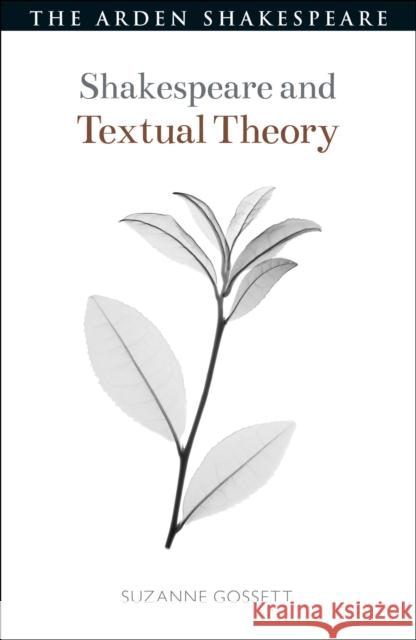Shakespeare and Textual Theory » książka
topmenu
Shakespeare and Textual Theory
ISBN-13: 9781350121232 / Angielski / Miękka / 2022 / 272 str.
Shakespeare and Textual Theory
ISBN-13: 9781350121232 / Angielski / Miękka / 2022 / 272 str.
cena 111,68
(netto: 106,36 VAT: 5%)
Najniższa cena z 30 dni: 111,00
(netto: 106,36 VAT: 5%)
Najniższa cena z 30 dni: 111,00
Termin realizacji zamówienia:
ok. 30 dni roboczych
Dostawa w 2026 r.
ok. 30 dni roboczych
Dostawa w 2026 r.
Darmowa dostawa!
Kategorie:
Kategorie BISAC:
Wydawca:
Bloomsbury Publishing PLC
Seria wydawnicza:
Język:
Angielski
ISBN-13:
9781350121232
Rok wydania:
2022
Numer serii:
000766640
Ilość stron:
272
Waga:
0.27 kg
Wymiary:
19.41 x 12.8 x 1.6
Oprawa:
Miękka
Wolumenów:
01
Dodatkowe informacje:
Bibliografia











